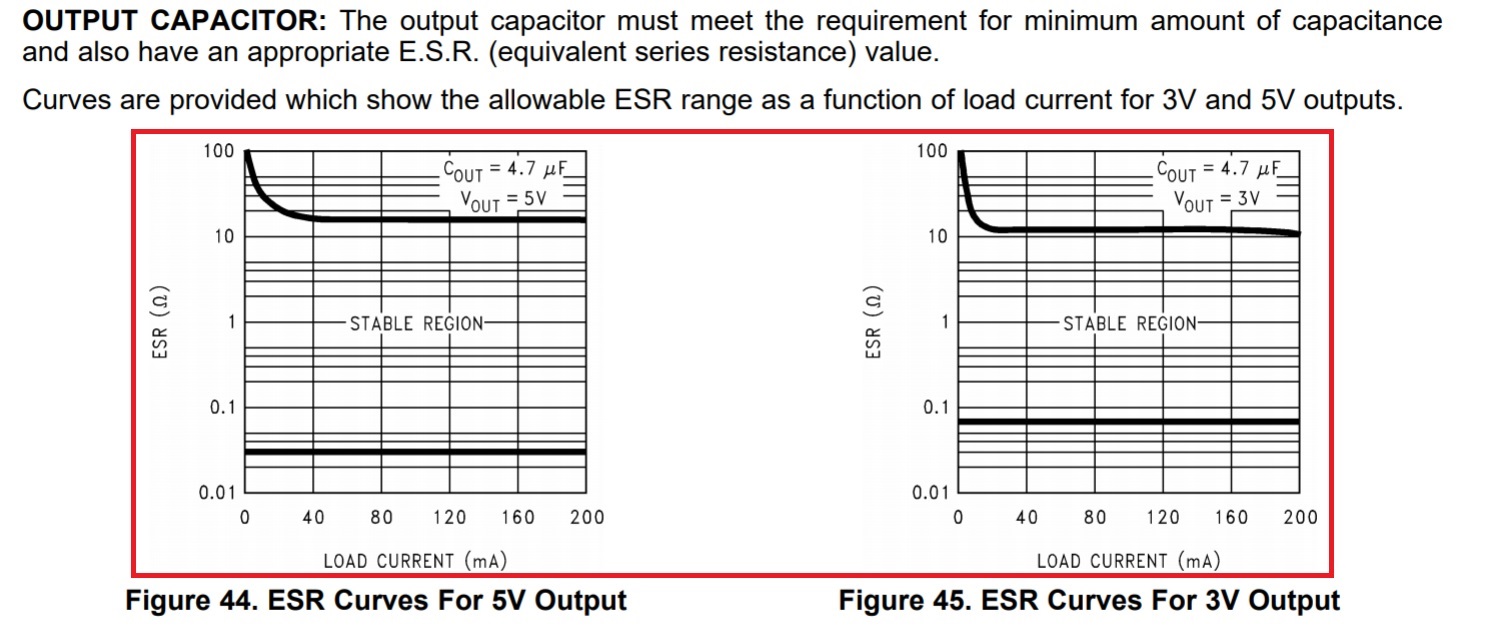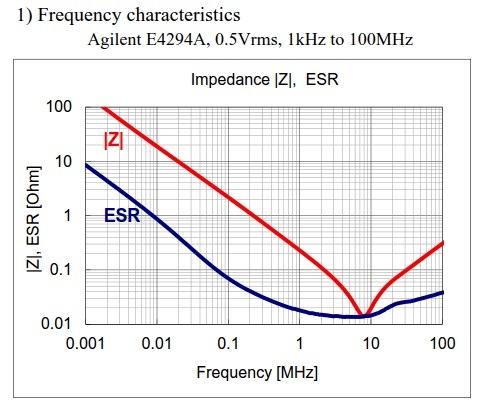Other Parts Discussed in Thread: LP2987, LM1117, LM4940, LM4952, LM4950, LP2988
Hi Sir,
Our customer used the LM4838 on product, but have Fail Rate=12/10000=0.12% click noise issue.
Please see the attached file, the fail PCB LM4838 R&L output not stable.and Bypass pin also not stable.
Currently customer is used the 1uF Ceramic capacitors on Pin22,
Is it caused by this factor?
Is must use the "Tantalum Capacitor" on Pin22?
If customer want to use the ceramic capacitors on pin22, what value for suggest? or do not use ceramic capacitors?



